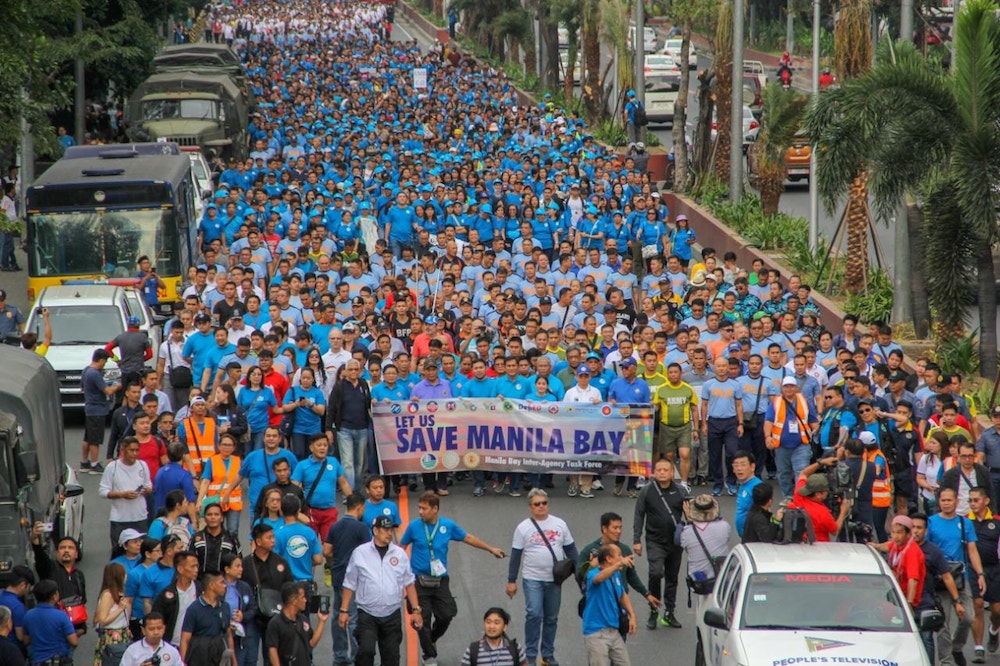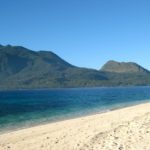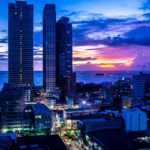
Cotabato City, Philippines (TAN): The residents of this city have hailed a 2km riverbank erosion control project recently inaugurated here. It is expected to, among other things, help the local tourism industry.
Cotabato City is located in the southern Mindanao area of the Philippines. Located in a swampy area near the southern banks of the Cotabato River, a tributary of the Mindanao river,just inland of the Moro Gulf.
Muslims, Christians and Lumads live peacefully together in this city. The Lumad are a group of Austronesian indigenous people in the southern Philippines.
[ALSO READ: Solomon Islands ecology and tourism are threatened. Here’s why]
“It is like a single hunter’s stone hitting three birds at the same time,” Maguindanao second district representative Bai Sandra A. Sema told The Manila Bulletin, referring to the riverbank structure.
By three birds, Sema was referring to the concerns of protection from soil erosion, boosting the local tourism industry and conservation of Bangsamoro history.
Residents cheered as Sema, Philippines army major-general Cirilito Sobejana and dozens of other dignitaries led the inauguration of the two-kilometre lane.
The completion of the project was a “dream come true”, according to reporters here of the Catholic-run Notre Dame Broadcasting Corp. and the Radio Mindanao Network, who all admitted having brought their families to the riverbank lane even prior to its formal opening.
Construction on the project began in 2016 under the supervision of the department of public works and highways, said Sema, who said she had spent months proposing and lobbying for it along the historic Tamontaka river here.
[ALSO READ: The world’s first vegan suite is here]
“Erosion was a problem for the residents in Barangay Tamotaka because stream waters had eaten up sections of both sides of the riverbanks, and displaced many households,” Sema told The Manilla Bulletin.
She said she had approached local architects to design a three-pronged concept for a project that would meet erosion, tourism and historical concerns at the same time.
The Tamontaka riverbank lane is similar to Manila’s “baywalk” where residents and visitors spend time to watch sunrise and sunset.
But Cotabato’s version is called “baiwalk” to connote a combination of the female Moro royal title “bai” and “serene walk” for its visitors, project designers said.
“Baiwalk” is about a five-minute hike from the panoramic Cotabato Grand Mosque, a 60,000-seater Islamic shrine at Barangay Kalanganan serving as a tourist spot in this city. The shrine, designed by architect Felino Falafox, is also called Sultan Bolkiah Mosque because it was funded with USD 48 million by the Sultan of Brunei.




